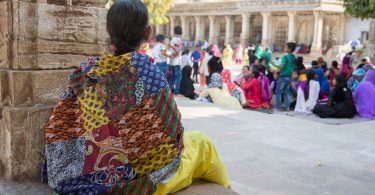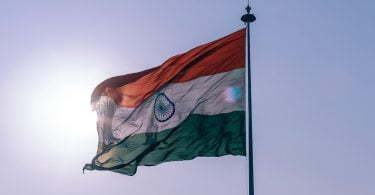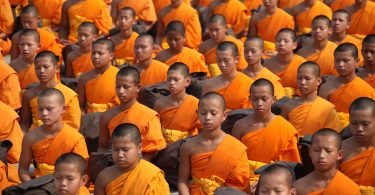Over the course of the 23rd of August, editors at the newspaper The Sun were trying to formulate what to do about the following day’s edition.
Over the course of the 23rd of August, editors at the newspaper The Sun were trying to formulate what to do about the following day’s edition. Reactions to the pictures of a naked Prince Harry in a hotel room in the American city of Las Vegas had reverberated around the world since the US celebrity gossip web site TMZ posted them online this week. Lawyers for the Royal Family had told the national papers and broadcasters not to run them through the regulator the Press Complaints Commission.
The Sun’s editors however, in the tone of the following day’s editorial which accompanied the story with the photo by the paper’s US editor, weren’t buying it. “Today The Sun is publishing the naked Prince Harry party pictures our readers have been prevented from seeing in print,” the editorial began. “We are doing so despite warnings from the Royal Family’s lawyers, and we’ll explain why.”
The editorial said that whilst the decision wasn’t a moral judgment on the Prince (they like him, the editors wrote), they felt it was a duty to their readers to have the photos published. “The images were first published on the web three days ago,” the editorial continued. “But the Palace’s lawyers, via the Press Complaints Commission, warned the UK’s newspapers against printing them, claiming they would breach Harry’s privacy and the PCC Code. Since then the entire UK media, print, online and TV, has reported on them and told readers and viewers how to find them on TMZ.com, the website that first published them, and on countless other sites that followed suit.”
The Sun argues that it is allowable in the code of the Press Complaints Commission because of a ruling allowing photos already visible online to run in a magazine, and the Royal Family believes there is no public interest in these photos. In the internet age, when anyone can access anything, it becomes an issue of freedom of the press, as the paper’s managing editor David Dinsmore explained according to a BBC report. “For us this is about the freedom of the press,” Dinsmore said. “This is about the ludicrous situation where a picture can be seen by hundreds of millions of people around the world on the internet but can’t be seen in the nation’s favourite paper read by eight million people every day. This is about our readers getting involved in the discussion with the man who is third in line to the throne, it’s as simple as that.”
It is unclear as to the origin of the photos when TMZ obtained them. A St. James’ Palace spokesman said according to the BBC that the right to publish the photos were that of the editors. “We have made our views on Prince Harry’s privacy known,” the spokesman added.
At this writing, The Sun remains the only publication in the UK to have published the photos. The Sun’s tabloid competitor The Daily Mirror and the broadsheet paper The Independent have said that publishing the photos would have been in breach of the Prince’s privacy, according to a BBC report. As for whether they were in the public interest, that debate very much continues. The chairman of the Commons’ Culture, Media and Sport select committee, the Conservative MP John Whittingdale, said whilst the knowledge of the photos was known, the public interest was not clear, according to a BBC report.
Going into the next week, there are still questions that remain unanswered. Were the photos in the public interest? As the Sun’s parent company continues to deal with the fallout of the phone hacking scandal and await the results of the Leveson Inquiry into press standards, what will the effects be not just from advertising, but from readers? Will circulation be lost?
But furthermore, what do the photos signify of the trust of the British public in their press? Does The Sun’s decision reflect that of the rest of the national press? Are there outlets that can be trusted?
Whilst the public stays with outlets they trust and brands that are known to be accurate, concise, and reflect a uniqueness in the whole of British journalism, the next few days will without question be a test of the press, the public’s trust in the press, and what editors can or cannot do in a paper.
What do you think? Was The Sun right to publish these photos? How has your view of the British press been affected? Leave your thoughts in the comments section below and join the discussion.








